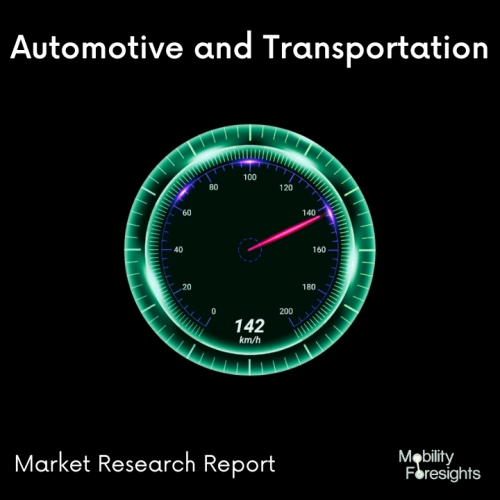
- Get in Touch with Us

Last Updated: Apr 25, 2025 | Study Period: 2024-2030
The electric drive module combines the next-generation separate motor-generator and power electronics into a single unit, which aids in creating synergistic effects.

The electric powertrain is extremely adaptable and may be used in a variety of powertrain topologies because the electric motor and power electronics are permanently connected to one another.
The Brazil EV Drive Module Market accounted for $XX Billion in 2023 and is anticipated to reach $XX Billion by 2029, registering a CAGR of XX% from 2024 to 2030.
In order to create an ecosystem of connected motorcycles, Voltz Motors, a Brazilian manufacturer of two-wheeled electric vehicles, has chosen Quectel's BG95-M3 multi-mode low power wide area (LPWA) module, which supports LTE Cat M1, Cat NB2, and eGPRS with integrated GNSS.
In Brazil, Volkswagen Caminhes e Omnibus (VWCO) started mass producing its first electric truck. In the Brazilian city of Resende, the South American company is producing the e-Delivery distribution truck with an initial capacity of 1,000â3,000 units annually.
Batteries are delivered to the e-Delivery by CATL through the Brazilian importer Moura. The batteries employ a process known as "cell-to-pack" technology.
Until now, the battery packs have been assembled by first installing the cells in modules (for instance, 12 batteries in one module). The new technology and certain of its components will eliminate the modules' intermediate stage.
With the acquisition of Hydrogenics in Canada, Cummins shows that using hydrogen as a propulsion fuel for cars with fuel cells is a strategy that has been explored. In order to do this, it introduces a new line of fuel cell modules to the Brazilian market, offering a variety of options that may be combined to exactly suit the client's project.
| Sl no | Topic |
| 1 | Market Segmentation |
| 2 | Scope of the report |
| 3 | Abbreviations |
| 4 | Research Methodology |
| 5 | Executive Summary |
| 6 | Introduction |
| 7 | Insights from Industry stakeholders |
| 8 | Cost breakdown of Product by sub-components and average profit margin |
| 9 | Disruptive innovation in the Industry |
| 10 | Technology trends in the Industry |
| 11 | Consumer trends in the industry |
| 12 | Recent Production Milestones |
| 13 | Component Manufacturing in US, EU and China |
| 14 | COVID-19 impact on overall market |
| 15 | COVID-19 impact on Production of components |
| 16 | COVID-19 impact on Point of sale |
| 17 | Market Segmentation, Dynamics and Forecast by Geography, 2024-2030 |
| 18 | Market Segmentation, Dynamics and Forecast by Product Type, 2024-2030 |
| 19 | Market Segmentation, Dynamics and Forecast by Application, 2024-2030 |
| 20 | Market Segmentation, Dynamics and Forecast by End use, 2024-2030 |
| 21 | Product installation rate by OEM, 2023 |
| 22 | Incline/Decline in Average B-2-B selling price in past 5 years |
| 23 | Competition from substitute products |
| 24 | Gross margin and average profitability of suppliers |
| 25 | New product development in past 12 months |
| 26 | M&A in past 12 months |
| 27 | Growth strategy of leading players |
| 28 | Market share of vendors, 2023 |
| 29 | Company Profiles |
| 30 | Unmet needs and opportunity for new suppliers |
| 31 | Conclusion |
| 32 | Appendix |